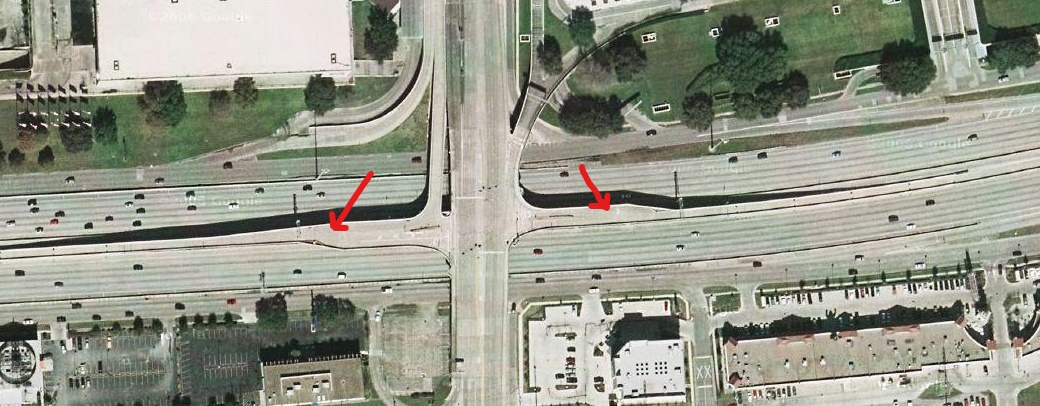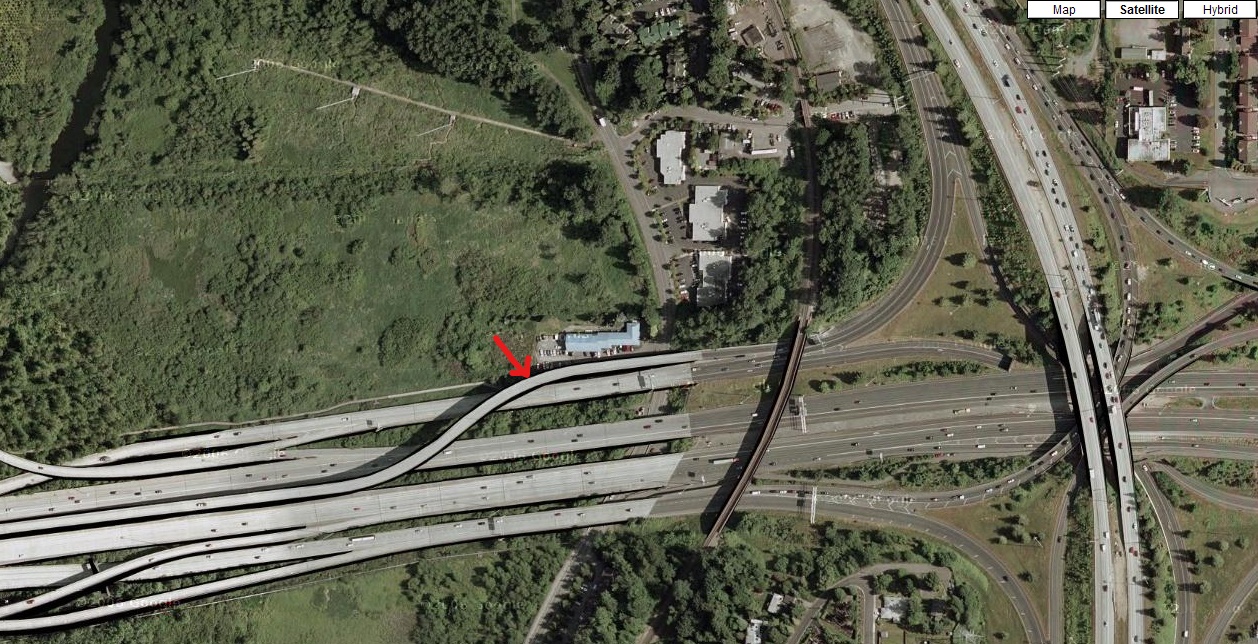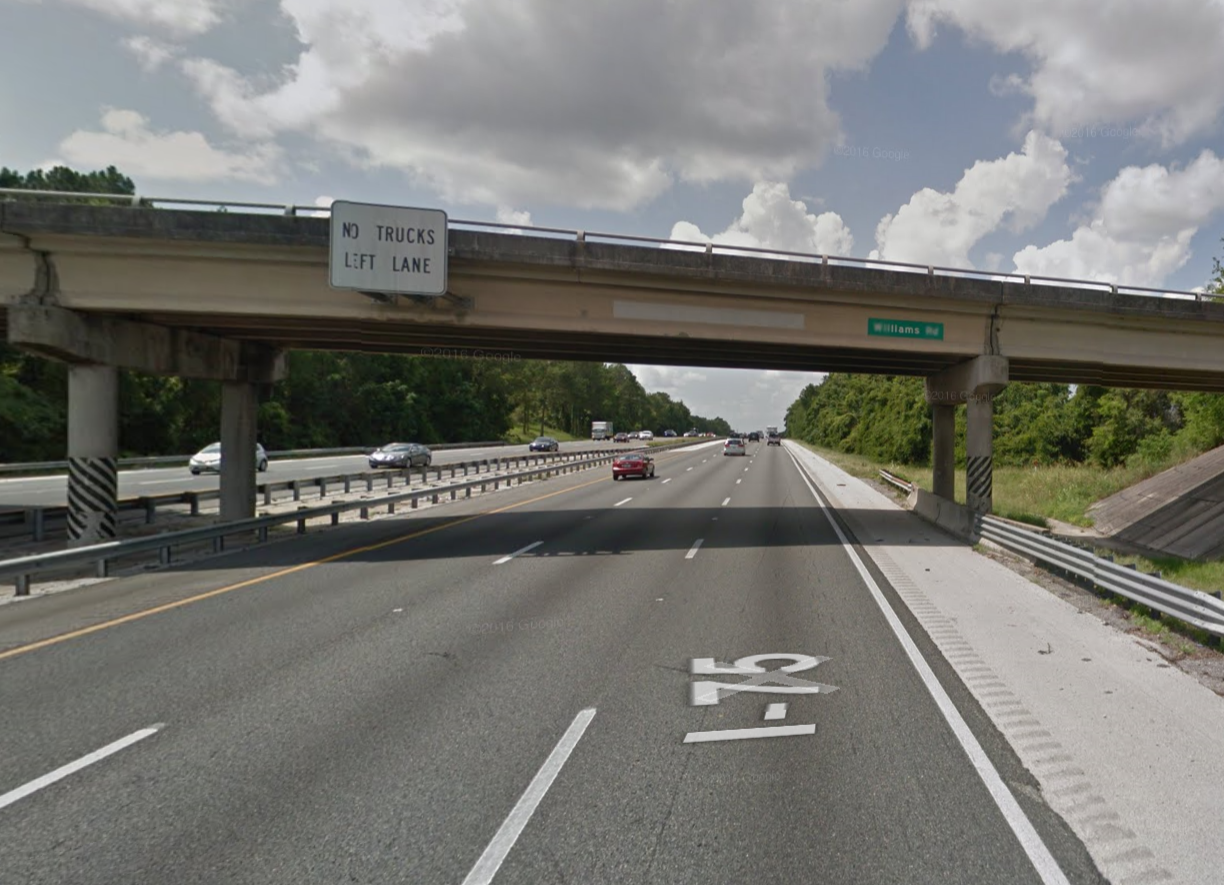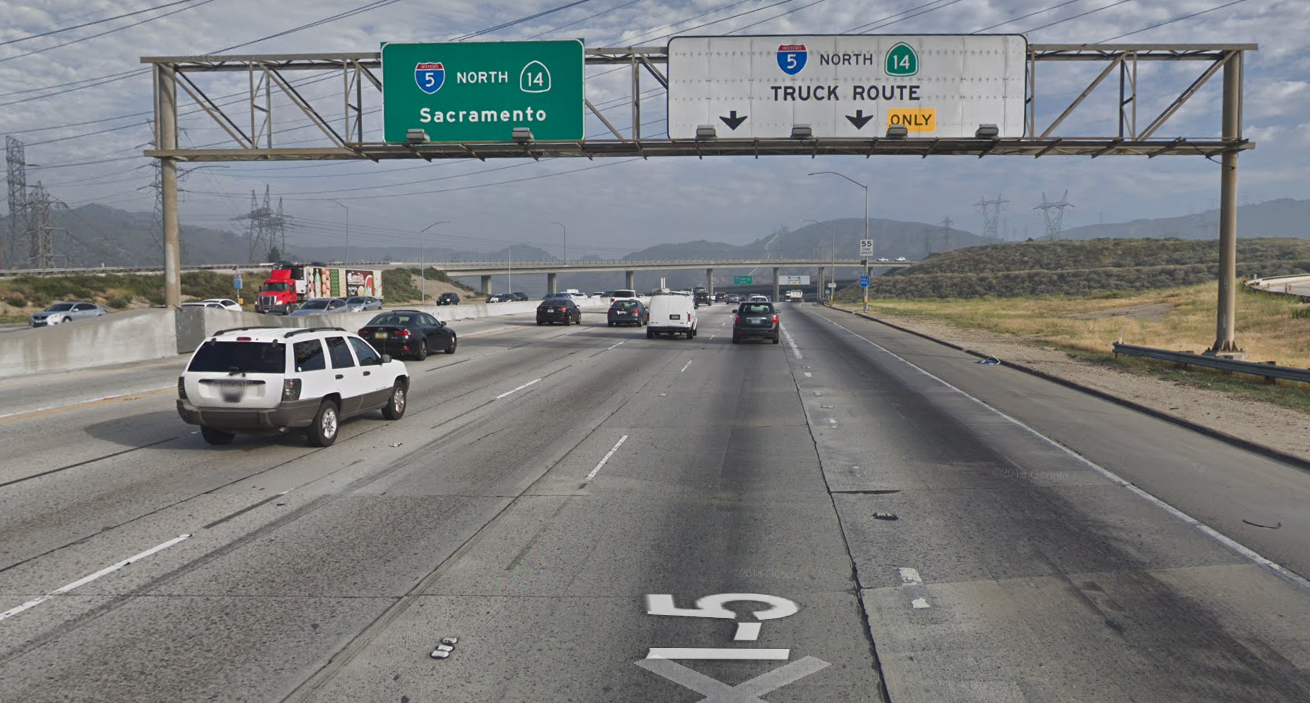Chapter 8 Managed Lanes Overview
8.1 Introduction
A managed lane is a type of highway lane that is operated with a management scheme, such as lane use restrictions or variable tolling, to optimize traffic flow, vehicle throughput, or both. Examples of managed lanes include:
- High Occupancy Vehicle (HOV) lanes
- High Occupancy Toll (HOT) lanes
- Reversible lanes
- Lane Restrictions (e.g., no trucks, transit vehicles only)
8.2 High Occupancy Vehicle (HOV) Lanes

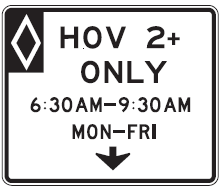
Figure 8.1: High Occupancy Vehicle (HOV) Lane Signs
8.2.1 What are HOV Lanes?
HOV lanes are exclusive lanes for…
- Passenger vehicles carrying multiple people
- Special vehicles
- transit
- motorcycles
- emergency
- hybrid/electric
- Also sometimes used at on-ramps for ramp meter bypass (discussed in next chapter)
8.2.2 Why Implement HOV Lanes?
- Increase person throughput
- Reduce total number of vehicles on roadway
- Improve transit operations and schedule reliability
- Reduce energy consumption and improve air quality by reducing overall number of vehicles and improving traffic flow
8.2.3 HOV Lane Design Considerations
8.2.3.1 Placement
- Inside (left side)
- Outside (right side)
- Decision usually needs to consider factors such as:
- desired capacity (usually higher for left side)
- ingress and egress issues
- number of lanes to cross if on left side versus interaction with on-/off-ramp traffic if on right side
- transit service (buses may not cross over to the left side unless distance to exit point is long)
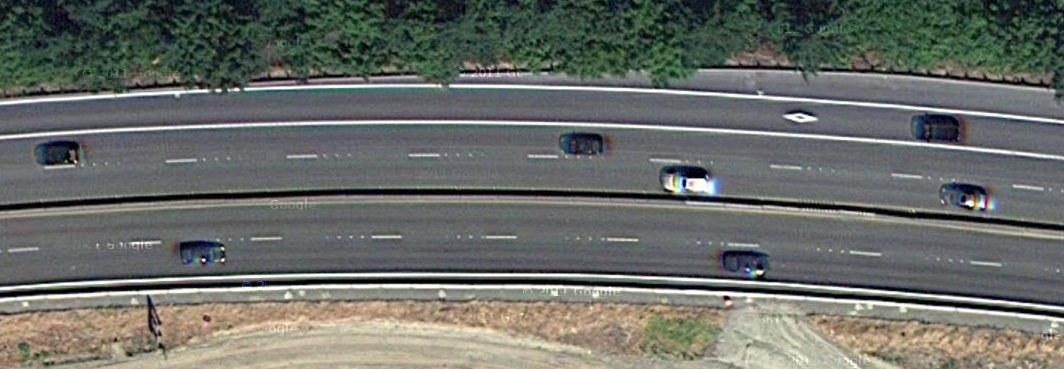
Figure 8.2: Outside HOV Lane
8.2.3.2 Separation Methods
Barrier Separation
- Physical barrier (concrete, pylons) in between HOV lane and adjacent general purpose (GP) lanes
- Most expensive option
- Are generally easier to enforce because ingress/egress points are minimized
Non-physical separation
- Low cost
- More violations and harder to enforce
- Buffer separated
- Non-physically separated by a buffer width of one foot or more
- Non-separated
- Lane is immediately adjacent to other lanes and/or shoulder
Typical marking/striping patterns for these configurations can be found in the Manual on Uniform Traffic Control Devices, Chapter 3D. Markings for Preferential Lanes.
- Federal Highway Administration (2009). Manual on Uniform Traffic Control Devices, 2009 Edition. U.S. Department of Transportation. Washington, DC. https://mutcd.fhwa.dot.gov/htm/2009r1r2/html_index.htm.
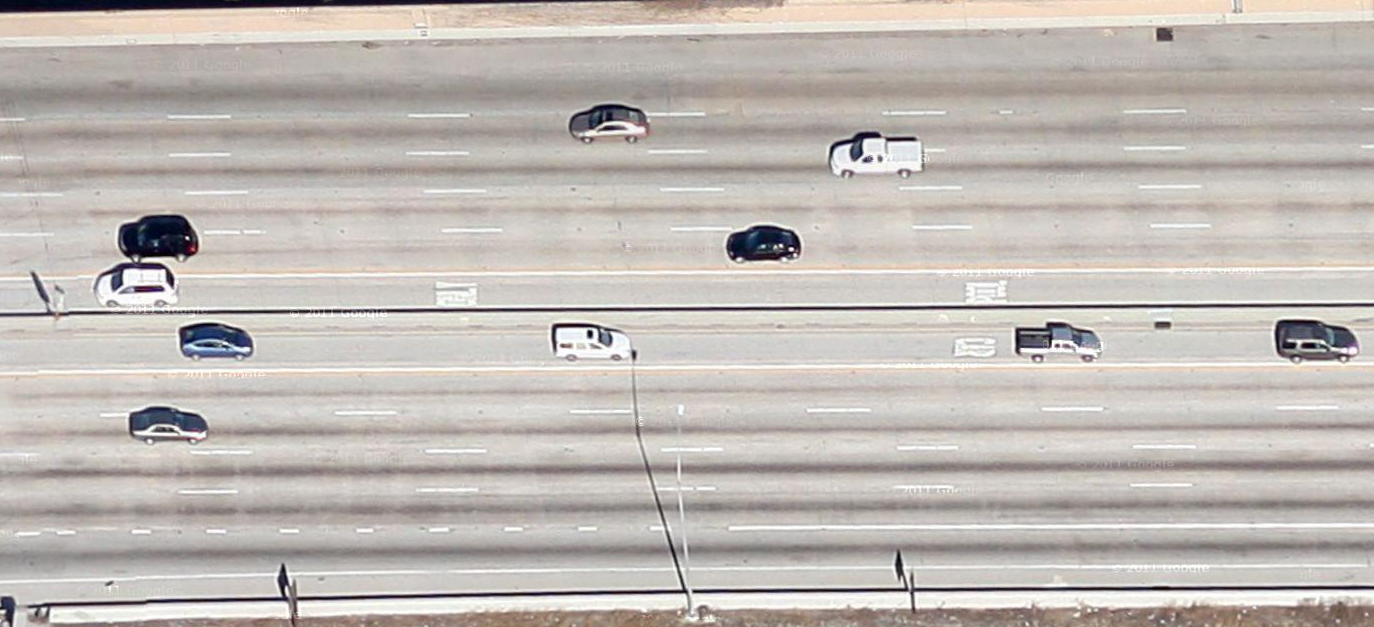
Figure 8.3: Striped HOV Lane Separation
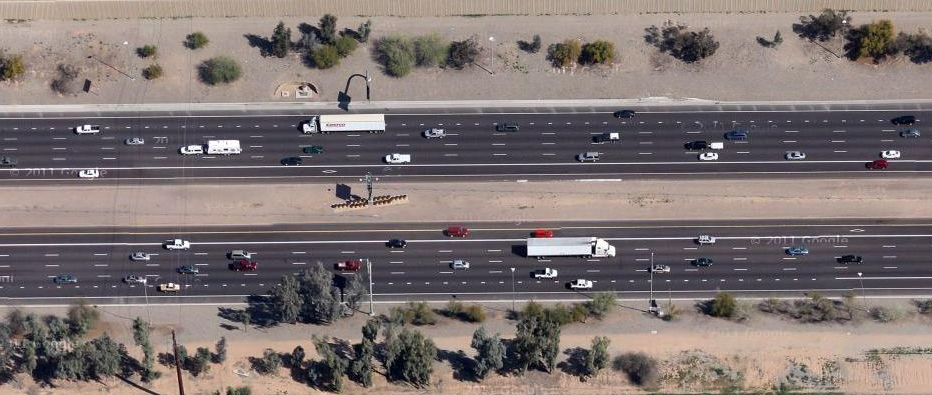
Figure 8.4: Striped HOV Lane Separation

Figure 8.5: Striped (buffer) HOV Lane Separation, Ontario Highway 404, Toronto
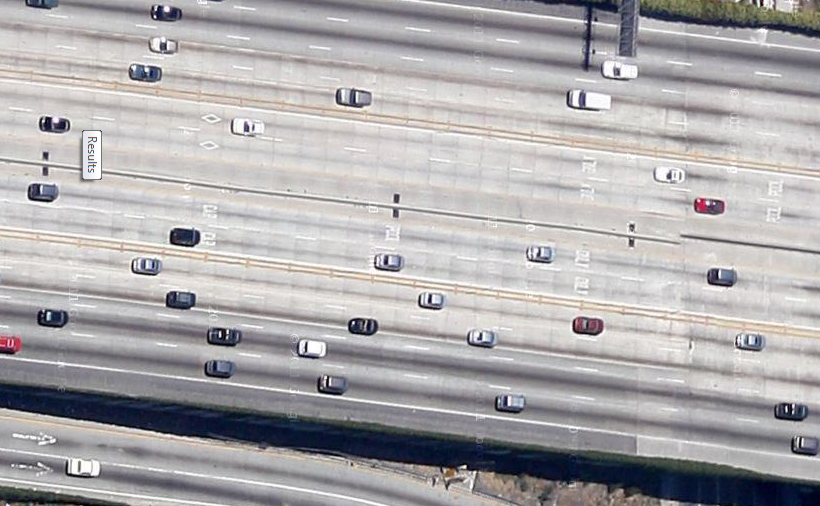
Figure 8.6: Barrier HOV Lane Separation
8.2.3.3 HOV Ramp Meter Bypass Lane
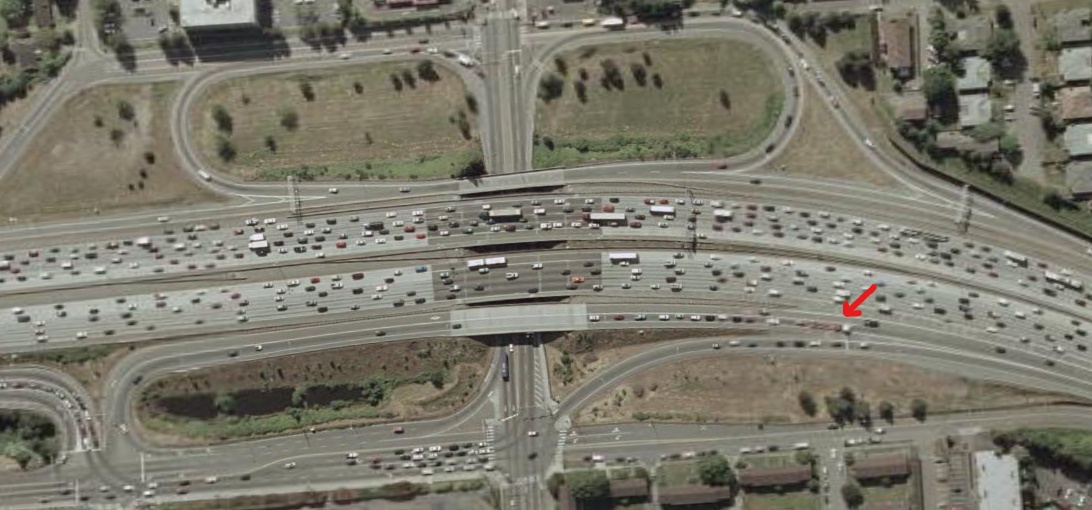
Figure 8.7: Seattle (47.708762, -122.329979)
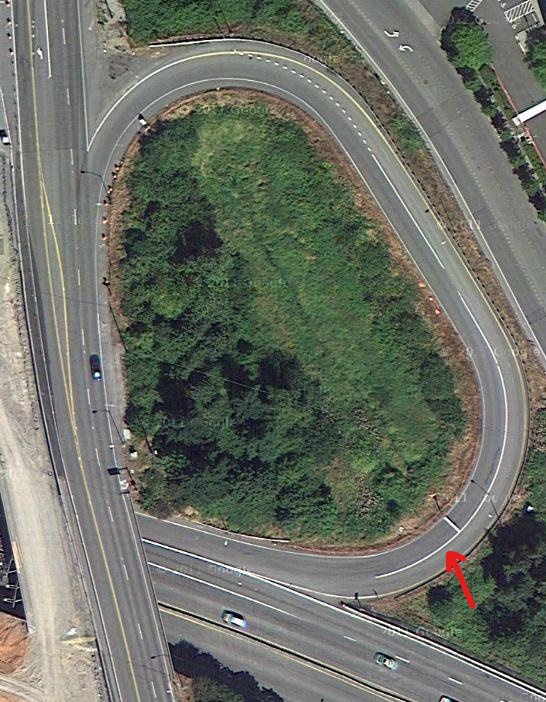
Figure 8.8: HOV Bypass Lane
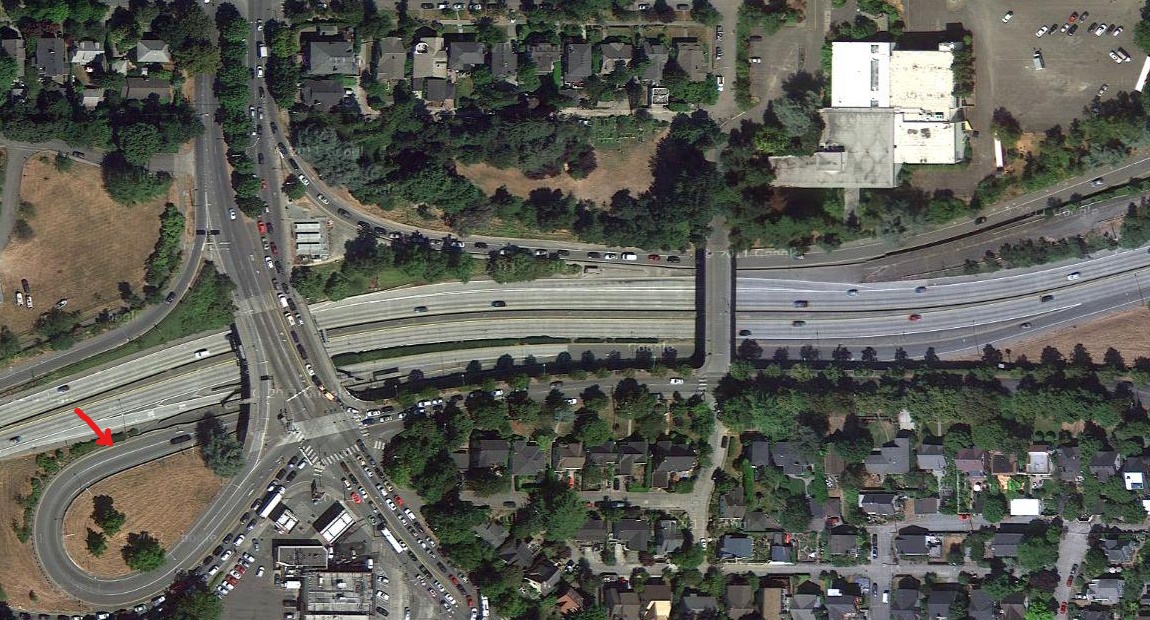
Figure 8.9: Seattle (UW 47.644270, -122.304397)
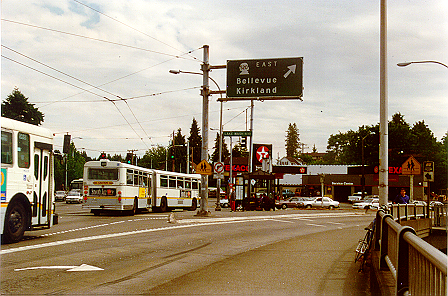
Figure 8.10: Separate Right-Turn Access for Transit, to be able to access outer HOV bypass lane shown in previous image, Seatte (UW 47.644270, -122.304397)
8.2.4 HOV Lane Operation Considerations
8.2.4.1 Occupancy Requirement
- Usually 2+ or 3+
- We want to have a high level of utilization (i.e., flow rate), but not exceed capacity
- We generally want to see if 2+ will work first, as this is less burdensome on commuters for forming carpools
- If over capacity with 2+, or a high level of operation cannot be maintained, need to consider higher occupancy thresholds
- We generally want to be within a 400 – 1500 veh/h flow rate
- System consistency—better to have all HOV links in the system operate with the same occupancy threshold (if possible)
8.2.4.2 Vehicle Eligibility
Any passenger and transit vehicles meeting occupancy requirements.
Additionally, other vehicles may be considered as well, regardless of occupancy, for example:
- Transit (dead-heading, meaning empty bus being driven to bus depot)
- Commercial (usually not)
- Emergency (when responding to an emergency)
- Motorcycles
- Hybrid/electric vehicles (to encourage people to purchase more environmentally-friendly vehicles)
8.2.4.3 Hours of Operation
Typical Options
- 24-hr
- Minimizes motorist confusion—easier to enforce
- Provides benefits to carpoolers at all times (an incident/congestion may occur at any time)
- Signage is simpler to implement
- Usually only option with barrier-separated facilities or special access facilities (e.g., median ramps)
- During periods of minimal use, can lead to negative public perception
- Minimizes motorist confusion—easier to enforce
- Peak periods only
- Typically 6:00-9:00 AM and 4:00-7:00 PM
- May also be directional (e.g., HOV lane in peak direction and GP lane in off-peak direction, and switch between AM and PM periods)
- Gives carpoolers advantage when GP lanes are most likely to be congested
- May result in a more positive perception by public due to better utilization around the clock
- Enforcement may be more difficult due to more motorist confusion about eligible time periods
- Typically 6:00-9:00 AM and 4:00-7:00 PM
8.2.4.4 Enforcement
- Is critical to viability and integrity of HOV program
- Need to consider enforcement areas in roadway design
- Consider other non-traditional options, such as violation-reporting hotline
- Have appropriate fines
- Need to also include education
If interested, see following paper for more information:
Newman, Bruce R., Washburn, Scott S. and Nihan, Nancy L. Motorist Behavior and Opinions Towards High-Occupancy Vehicle Lanes at Ramp Meters. Transportation Research Record: Journal of the Transportation Research Board, No. 1634, Transportation Research Board of the National Academies, Washington, D.C., 1998, pp. 78-85. DOI: 10.3141/1634-10
https://trrjournalonline.trb.org/doi/10.3141/1634-10
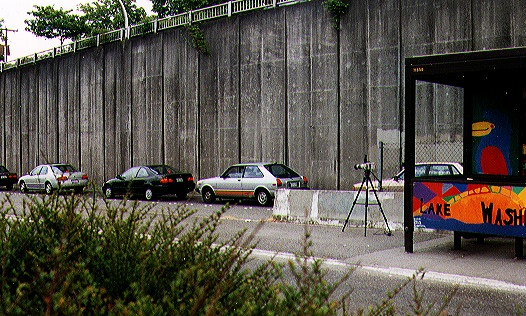
Figure 8.13: HOV Bypass Lane Violation Study Site (1)–University of Washington
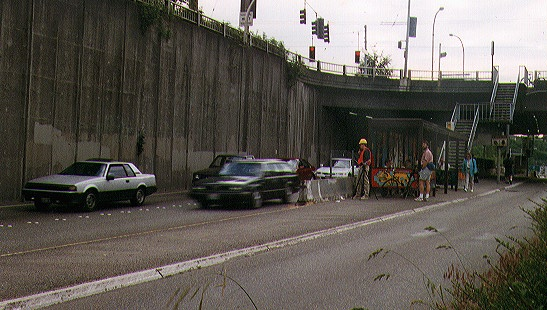
Figure 8.14: HOV Bypass Lane Violation Study Site (2)–University of Washington
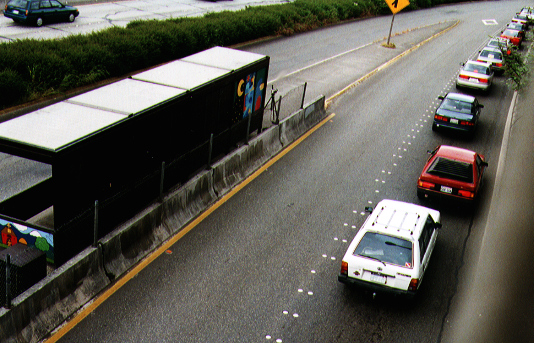
Figure 8.15: HOV Bypass Lane Violation Study Site (3)–University of Washington
8.3 High Occupancy Toll (HOT) Lanes
8.3.1 What are HOT Lanes?
A traffic lane, or lanes, that is available to high occupancy vehicles and other exempt vehicles without charge
- In some places, such as Miami, the HOV vehicles need to be registered.
Other vehicles are required to pay a variable fee that is adjusted in response to demand
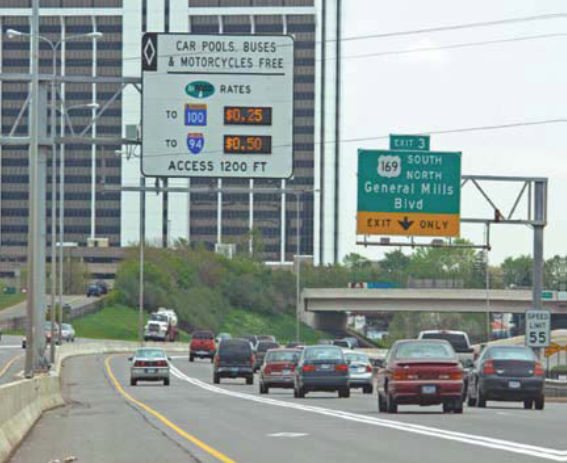
Figure 8.16: I-394 (Minneapolis)
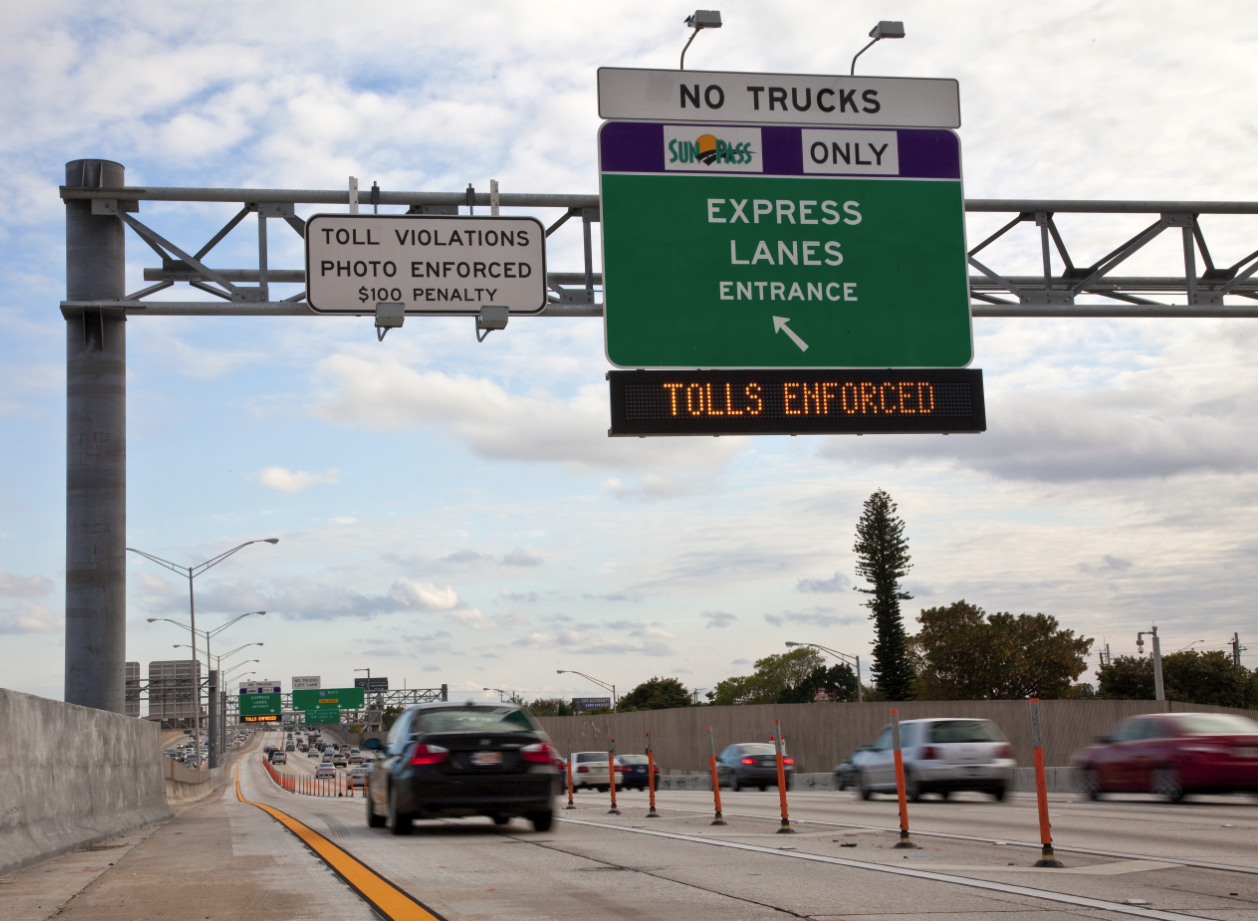
Figure 8.17: I-95 (Miami)
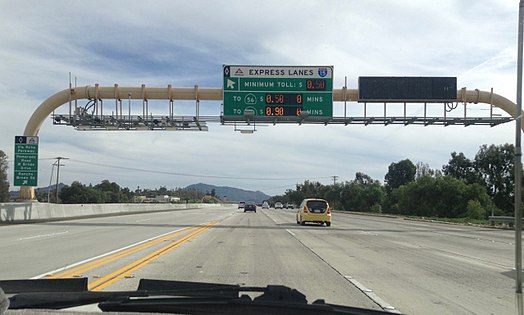
Figure 8.18: FasTrak high-occupancy toll (HOT) lanes along Interstate I-5 southbound near Escondido, California. Note the variable fee.
See the following sources for more information:
8.4 Reversible Lanes
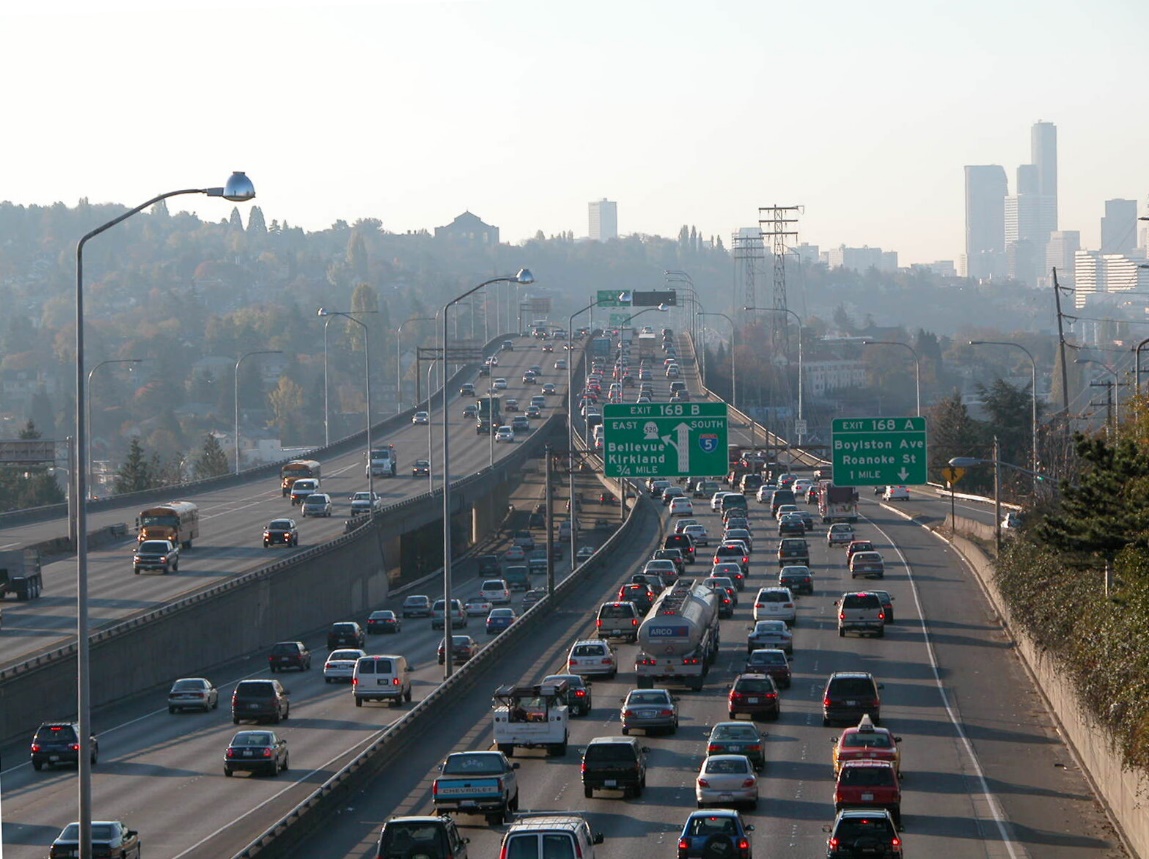
Figure 8.19: Reversible Lanes in center of I-5 (inbound to downtown Seattle in AM, outbound in PM)
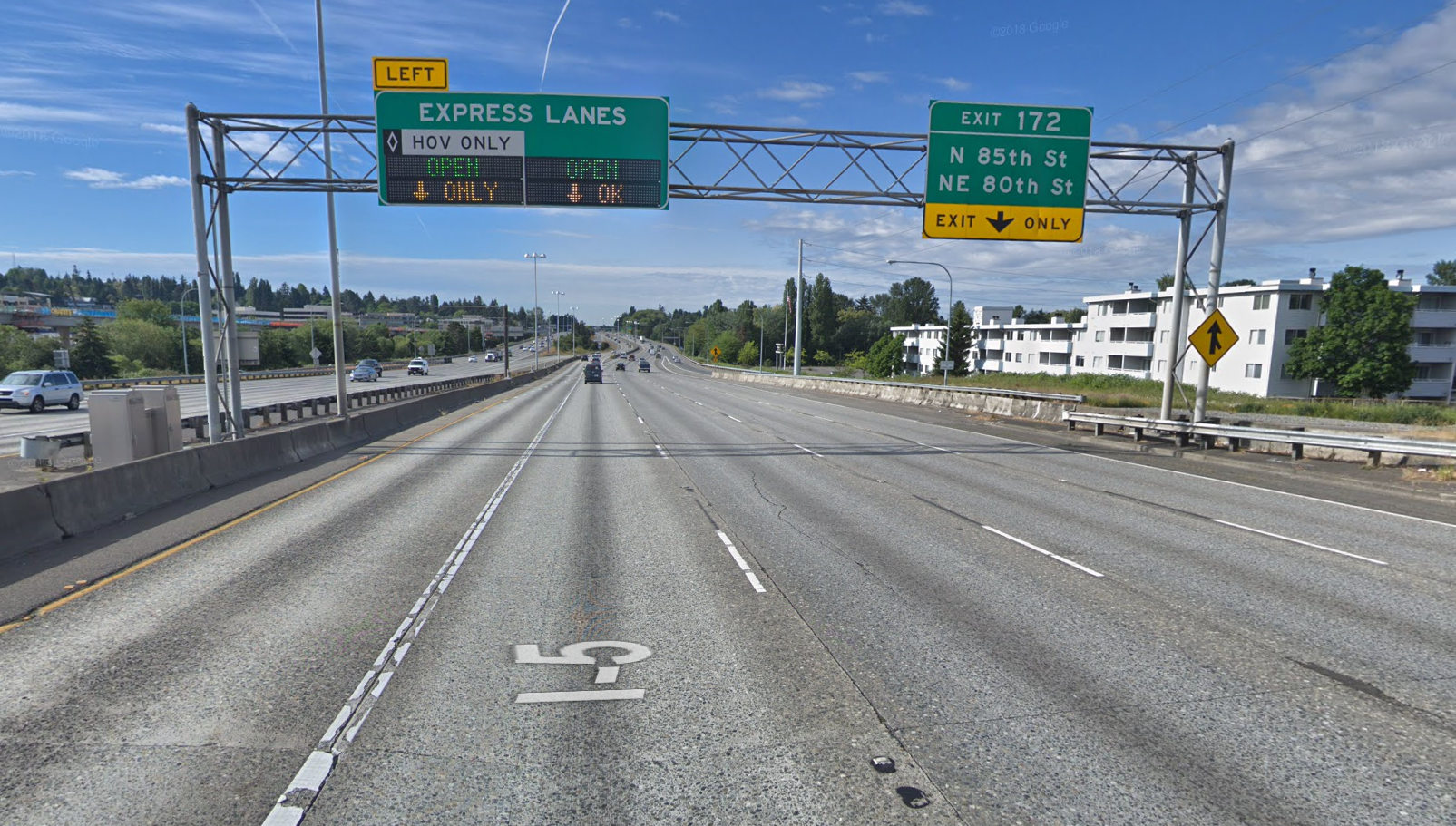
Figure 8.20: Seattle
- See https://www.wsdot.wa.gov/travel/operations-services/express-lanes/home for more information.
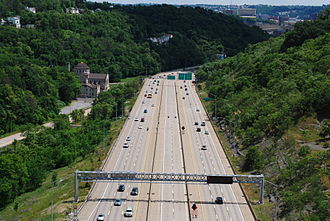
Figure 8.21: Reversible Lanes on I-279 North of Pittsburgh (40.470605, -80.003665) (1)
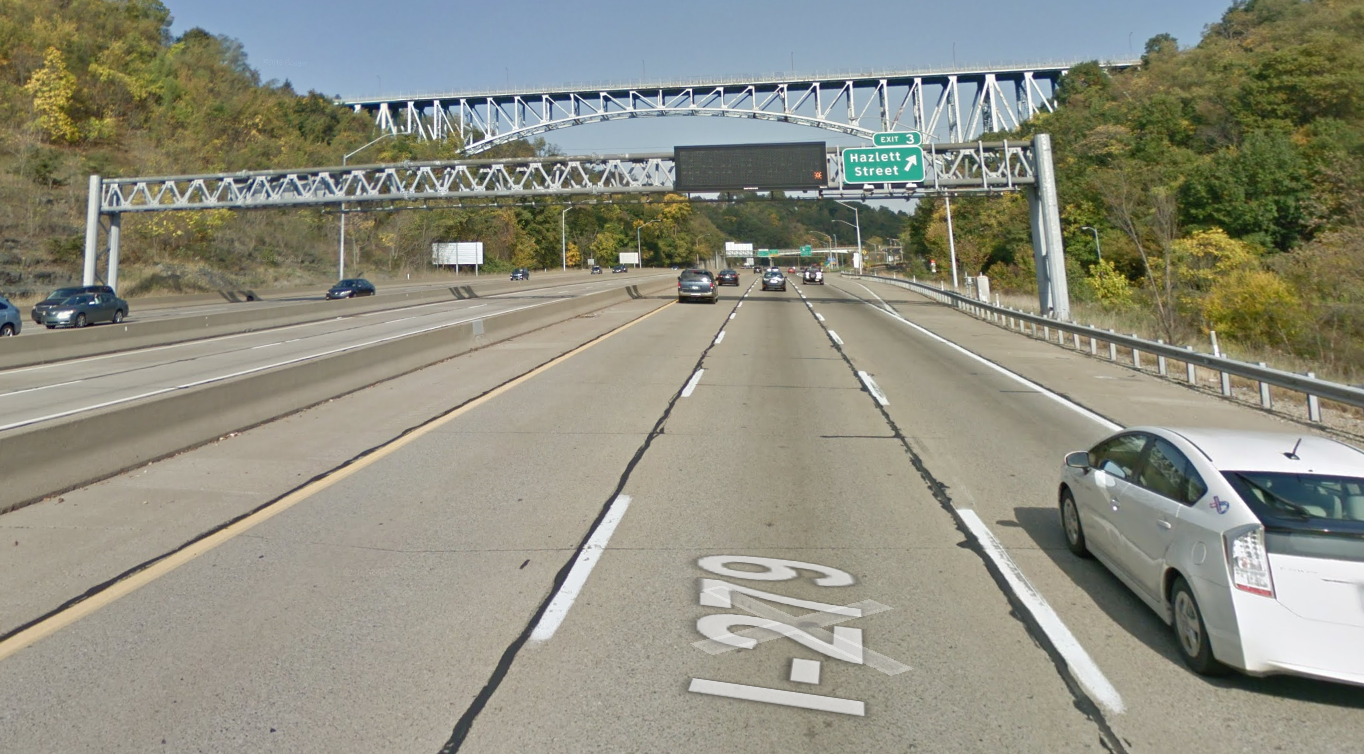
Figure 8.22: Reversible Lanes on I-279 North of Pittsburgh (40.470605, -80.003665) (2)
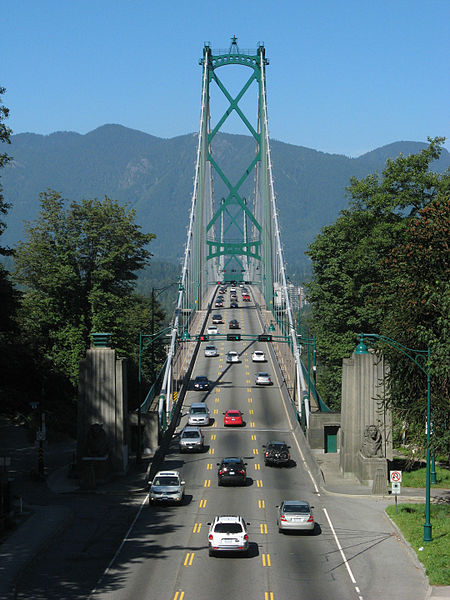
Figure 8.23: Reversible Lanes on Lions Gate Bridge, Vancouver, Canada (49.315740, -123.138292) (1)
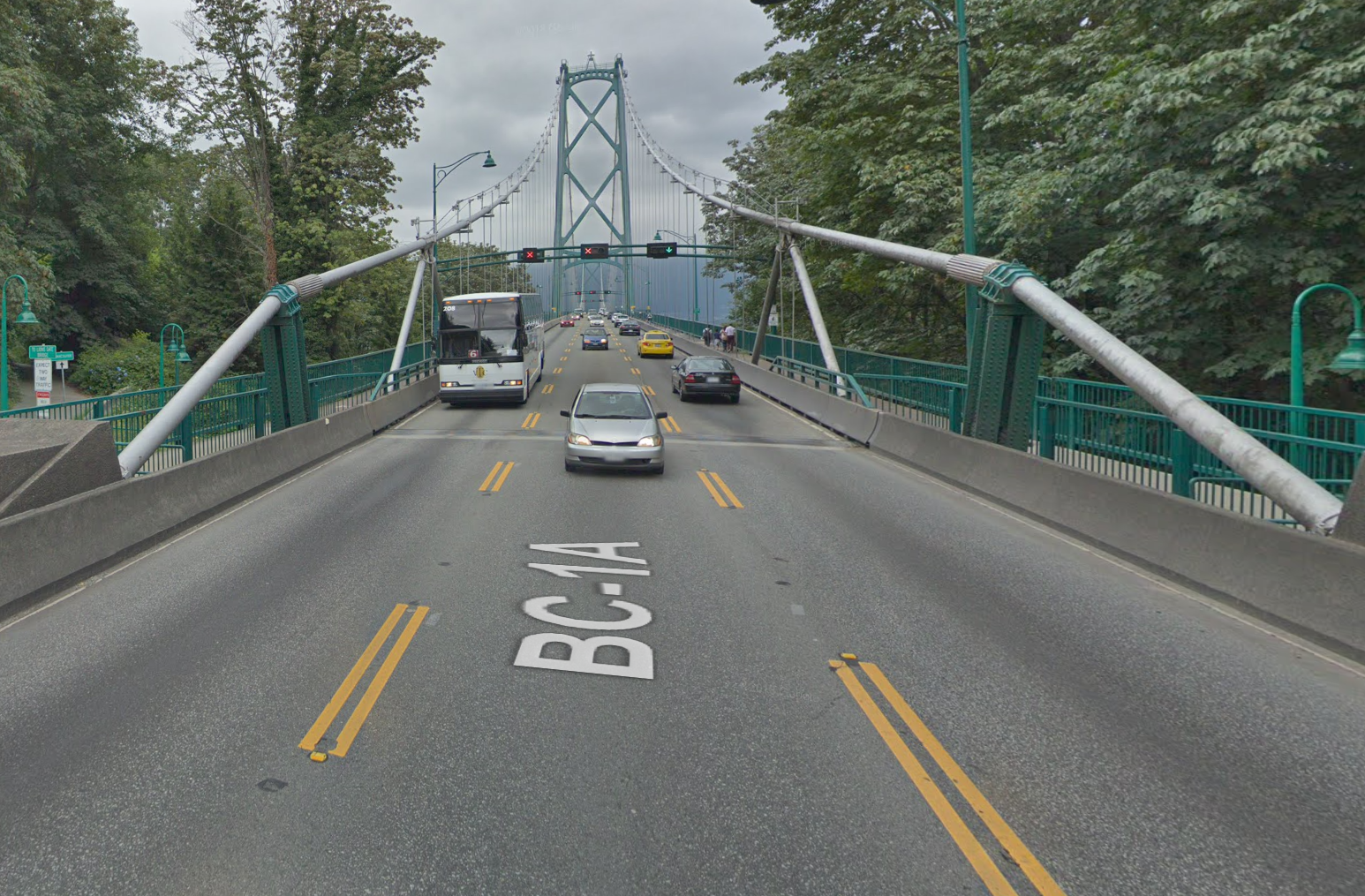
Figure 8.24: Reversible Lanes on Lions Gate Bridge, Vancouver, Canada (49.315740, -123.138292) (2)
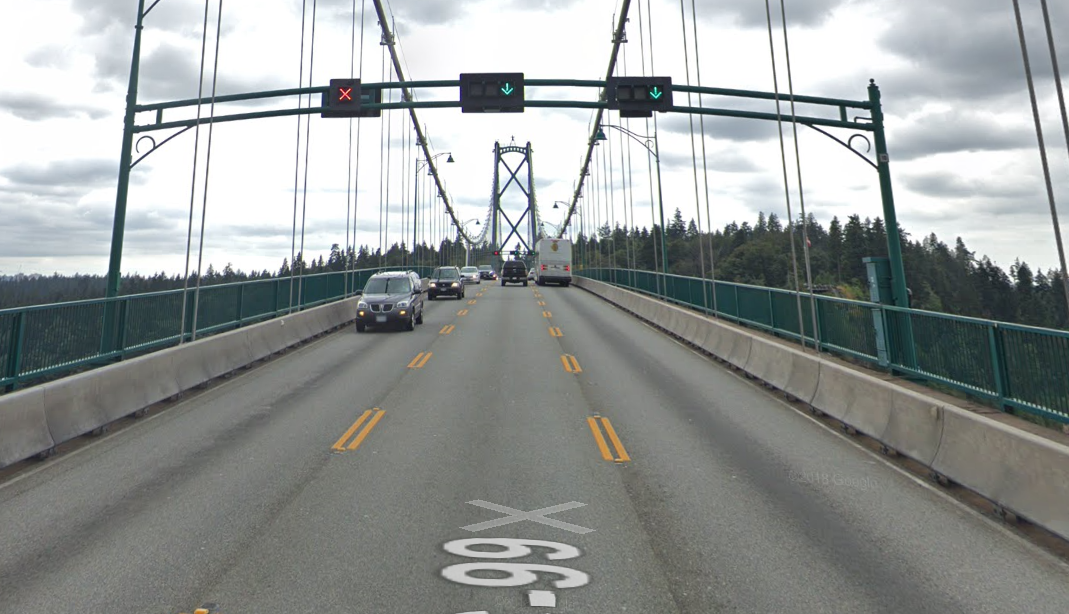
Figure 8.25: Reversible Lanes on Lions Gate Bridge, Vancouver, Canada (49.315740, -123.138292) (3)
- Zipper method for reversing direction of lanes, Honolulu http://www.traffictechnologytoday.com/news.php?NewsID=93307
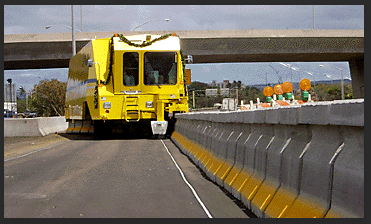
Figure 8.26: Reversible Lanes, Zipper (1)
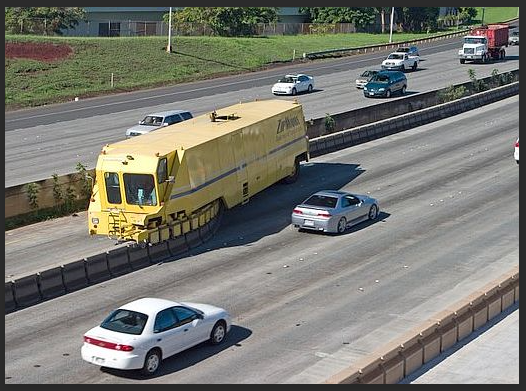
Figure 8.27: Reversible Lanes, Zipper (2)
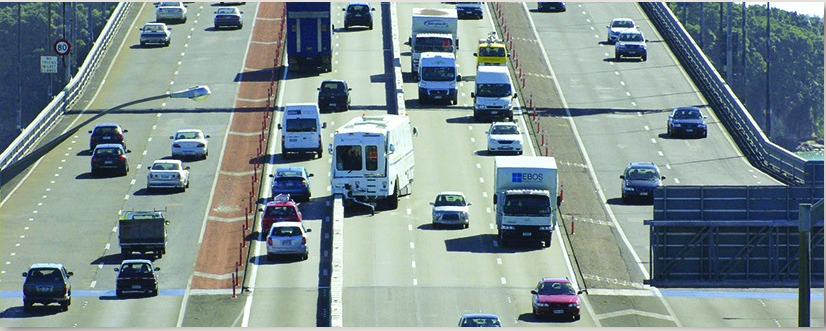
Figure 8.28: Reversible Lanes, Zipper (3)
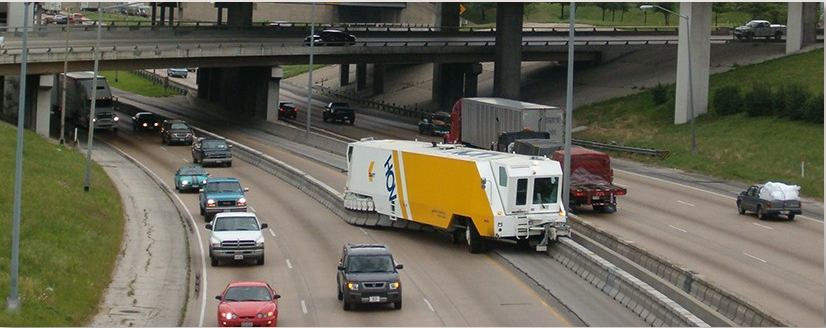
Figure 8.29: Reversible Lanes, Zipper (4), Bing images
8.6 HCM Analysis
Coverage of the analysis of managed lanes per the Highway Capacity Manual is beyond the scope of this chapter. Briefly, however, the following configurations are considered in the HCM.
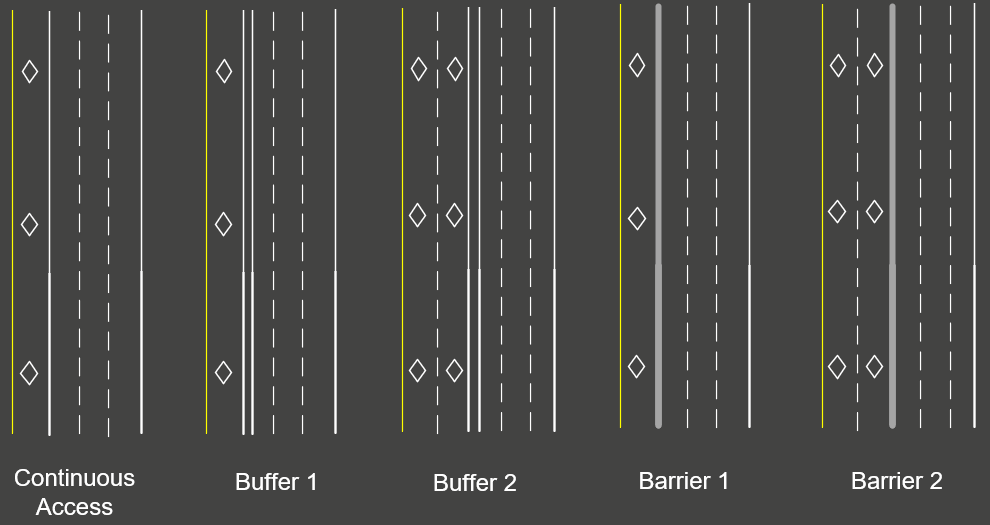
Figure 8.32: Managed Lane Separation Configurations Considered in the HCM
The following estimated capacity values for the above configurations are provided.
Exhibit 12-11. Estimated Lane Capacities for Basic Managed Lane Segments (pc/h/ln)
| FFS (mi/h) | Continuous Access | Buffer 1 | Buffer 2 | Barrier 1 | Barrier 2 |
|---|---|---|---|---|---|
| 75 | 1,800 | 1,700 | 1,850 | 1,750 | 2,100 |
| 70 | 1,750 | 1,650 | 1,800 | 1,700 | 2,050 |
| 65 | 1,700 | 1,600 | 1,750 | 1,650 | 2,000 |
| 60 | 1,650 | 1,550 | 1,700 | 1,600 | 1,950 |
| 55 | 1,600 | 1,500 | 1,650 | 1,550 | 1,900 |
For further reading, see HCM Chapters 12 and 26.
